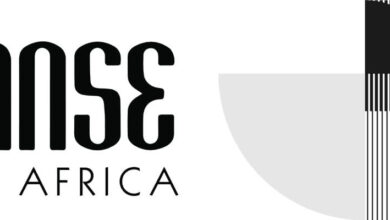GoldBod Model Seen as Key to Boosting FX Earnings and Formalising Small-Scale Mining

Ghana’s new gold aggregation framework, led by the Ghana Gold Board (GoldBod), is being positioned as a major economic stabilisation tool capable of improving foreign exchange inflows, curbing smuggling, and increasing income for small-scale miners, according to sector analysis shared by the Chamber of Licensed Gold Buyers (CLGB).
The model, introduced under the GoldBod Act 1140 (2025), centralises the purchase, assay, and export of gold from the artisanal and small-scale mining (ASM) sector. GoldBod acts as the sole authorised aggregator and exporter, buying directly from licensed miners through accredited agents and refiners.
A Model to Retain More Value in Ghana
By aggregating gold in bulk, the system allows Ghana to negotiate better international market prices, ensure full traceability, and retain a larger share of export value within the economy. It also supports the Bank of Ghana’s efforts to grow the country’s gold reserves.
Between February and May 2025, GoldBod exported 41.5 tonnes of gold valued at about US$4 billion, with May alone recording US$1.17 billion in sales. Officials say the performance shows that formalising ASM operations can significantly expand Ghana’s foreign exchange earnings.
Learning from COCOBOD’s Cocoa Pricing Framework
The structure draws lessons from the Ghana Cocoa Board’s long-standing role in stabilising cocoa markets and securing predictable incomes for farmers. However, unlike cocoa, where prices are fixed annually, GoldBod’s pricing aligns with international spot markets, allowing miners to benefit from real-time market movements.
The Chamber of Licensed Gold Buyers says this gives the gold model greater flexibility and the potential to generate higher national returns than the cocoa sector, where Ghana captures only 8 to 10 percent of the global value chain.
Expanding Domestic Benefits
To unlock the full value of the model, sector analysts recommend a shift from exporting raw gold to developing local refining, jewellery manufacturing and bullion banking capacity. Such downstream processing could add an estimated US$2 billion to US$3 billion annually to the economy and create skilled industrial jobs.
A proposed Gold Development Fund would also support miners with training, environmental rehabilitation and access to improved equipment, helping formalise the ASM sector and safeguard mining communities.
Stabilising the Cedi and Strengthening Reserves
The Bank of Ghana’s gold reserves rose by more than 21 percent in 2025, supported partly by GoldBod’s aggregation. Stronger reserves improve Ghana’s ability to stabilise the cedi, manage inflationary pressures, and strengthen the country’s creditworthiness.
If current export performance is maintained, analysts project that ASM gold could generate more than US$12 billion annually, far exceeding the returns from cocoa exports.
Looking Ahead
The CLGB report concludes that the success of the gold aggregation model will depend on transparent pricing, digital traceability systems, disciplined institutional coordination, and strong enforcement against smuggling.
The chamber describes the model as a national opportunity to convert Ghana’s mineral endowment into long-term value, stating that the challenge is not proof of concept but sustained execution.




